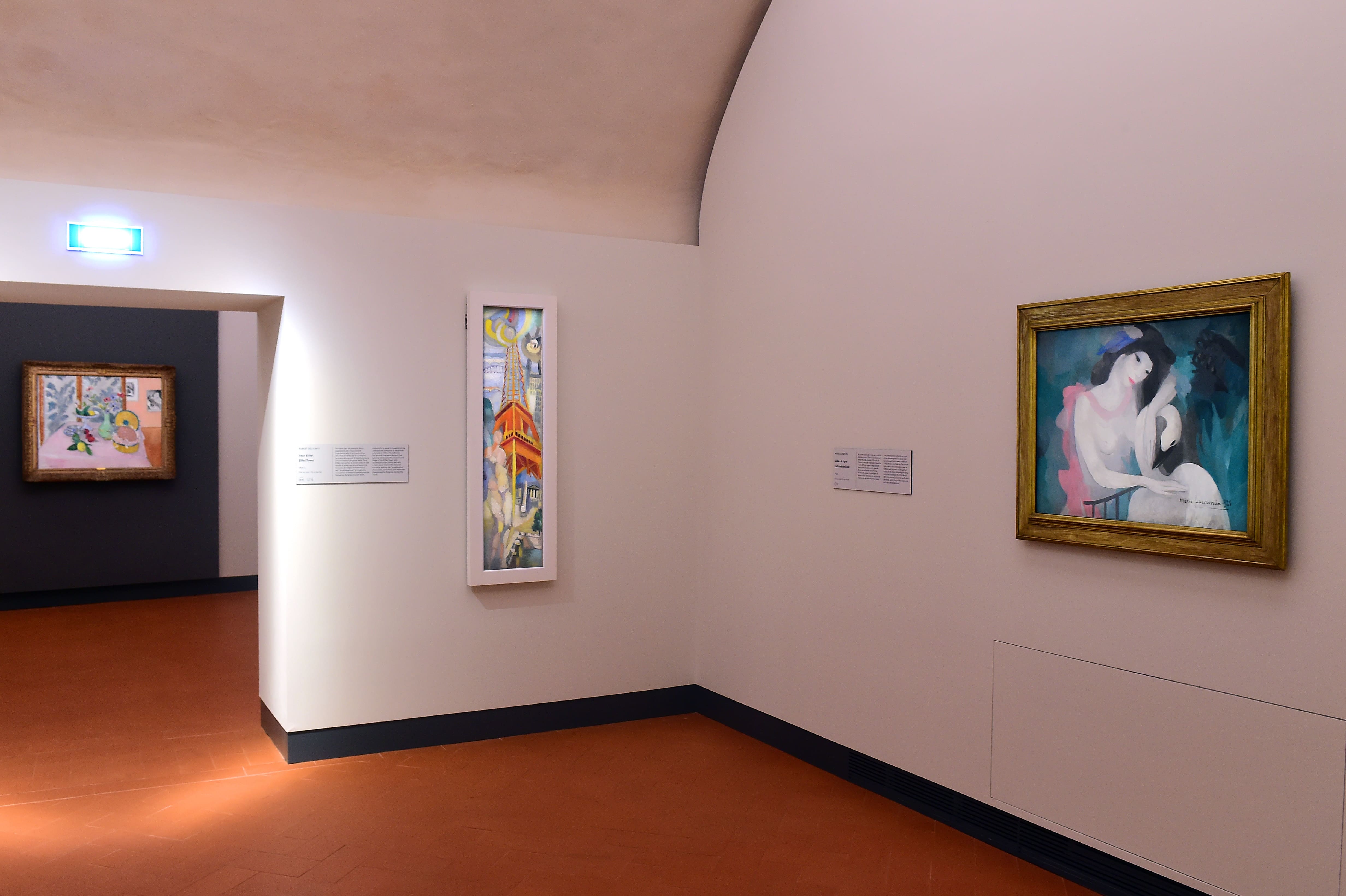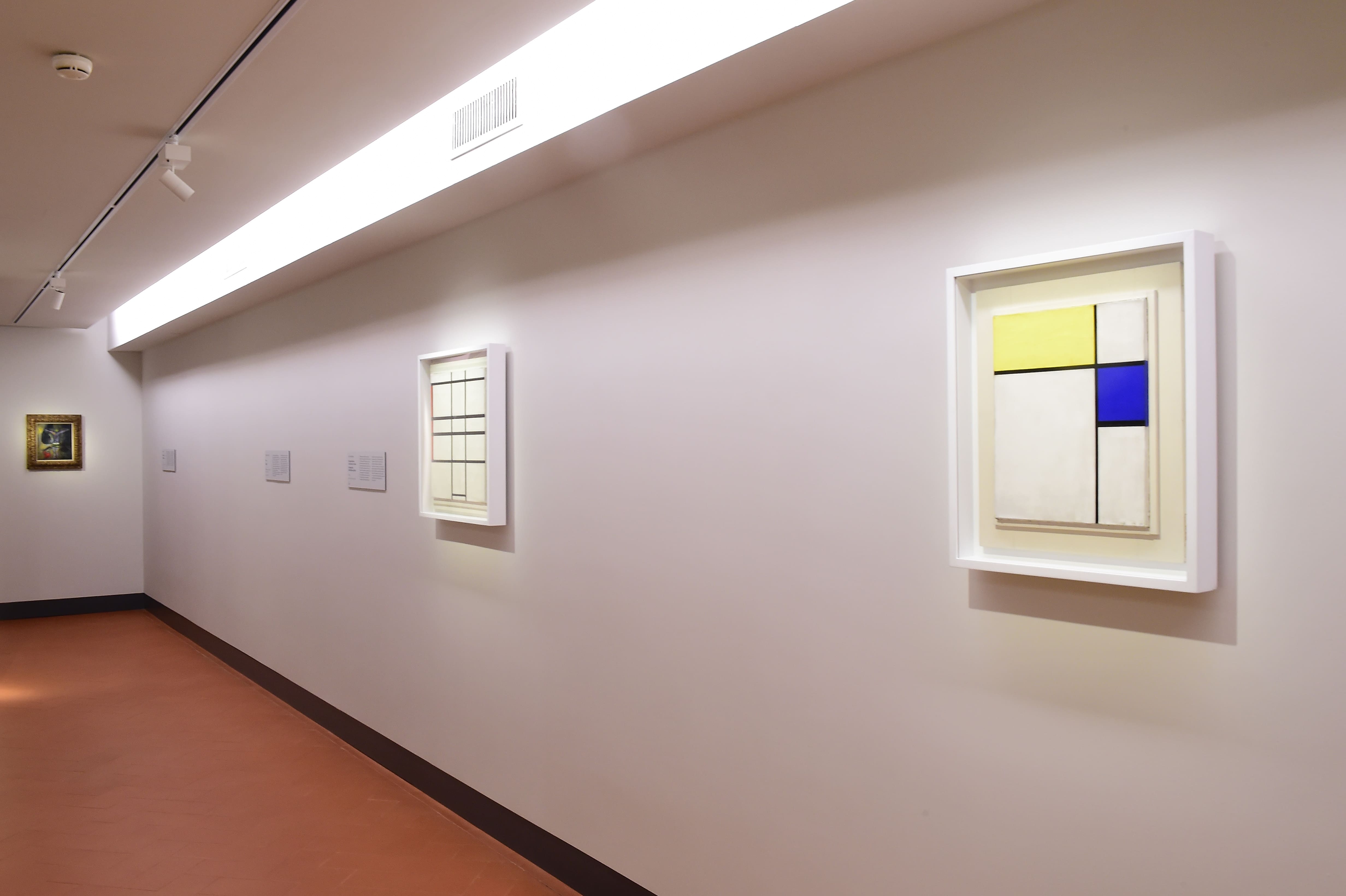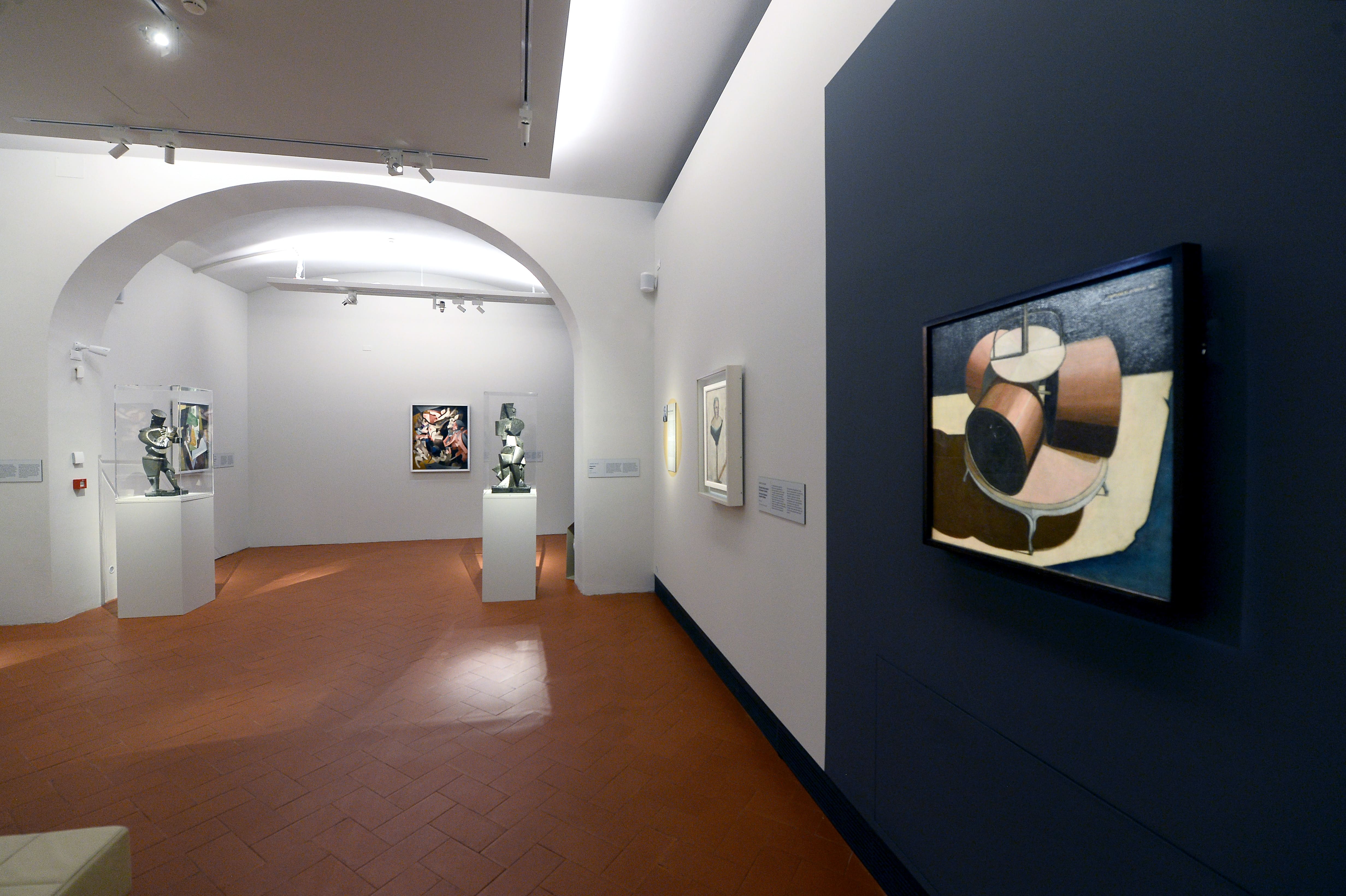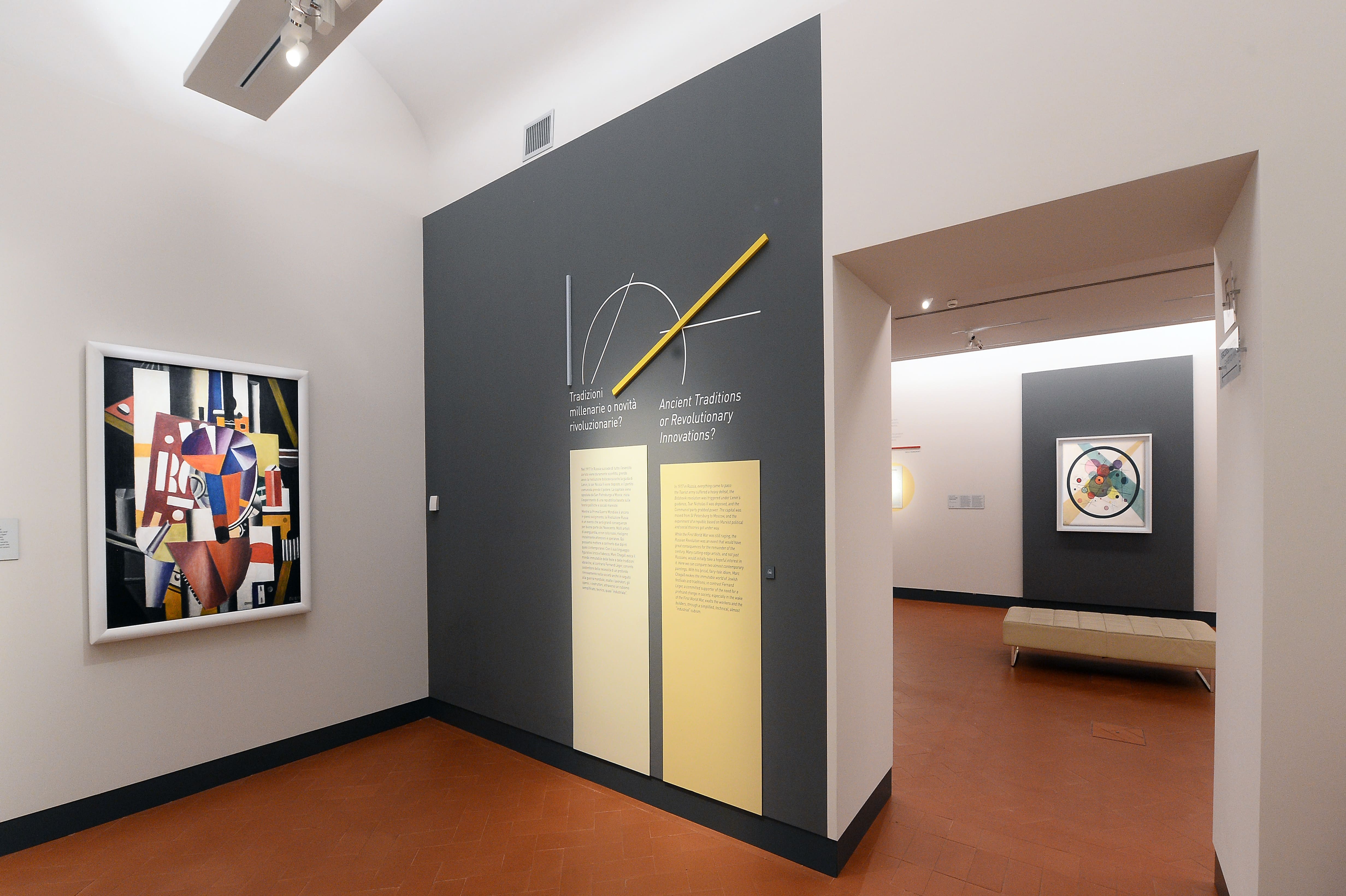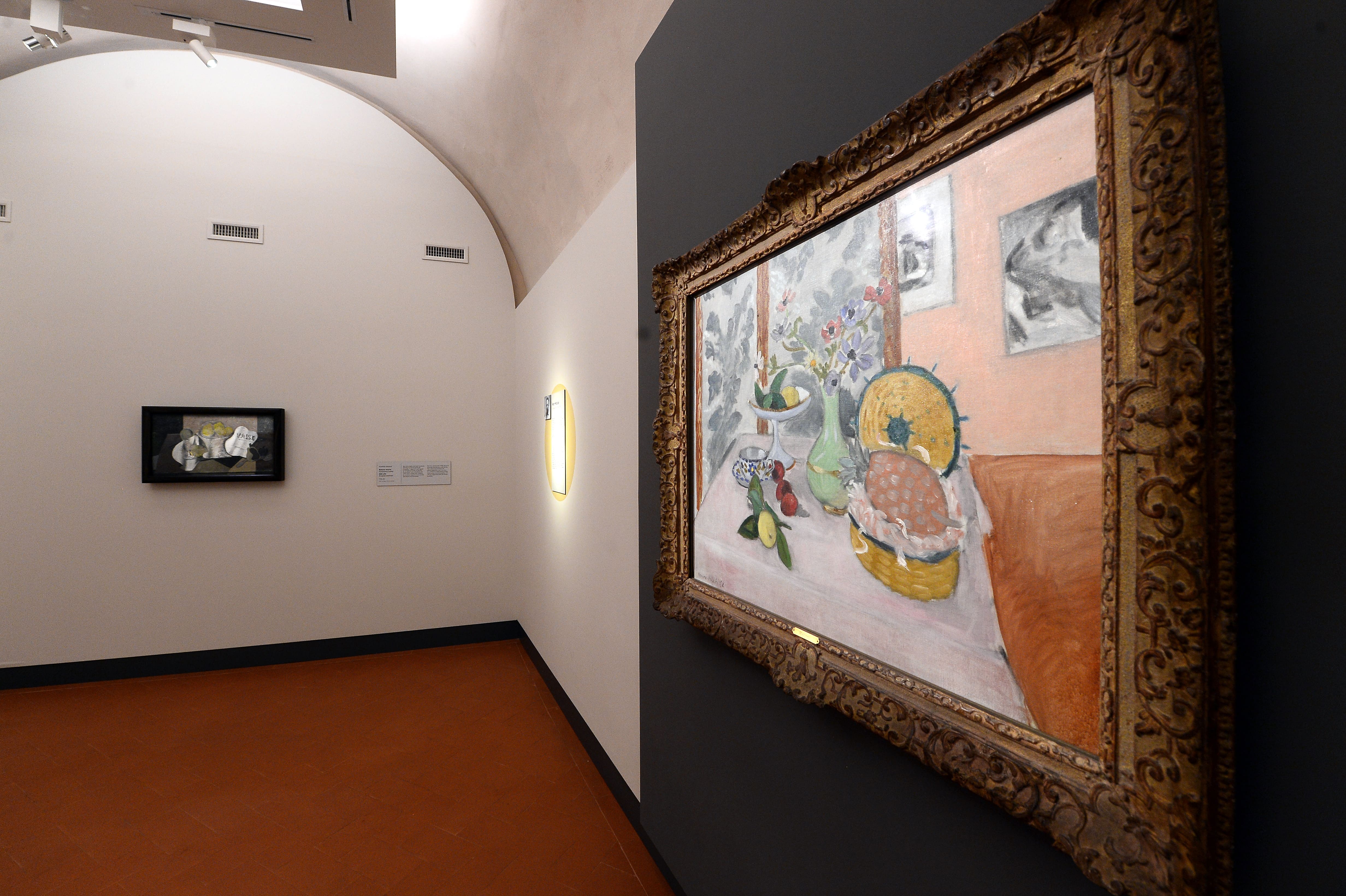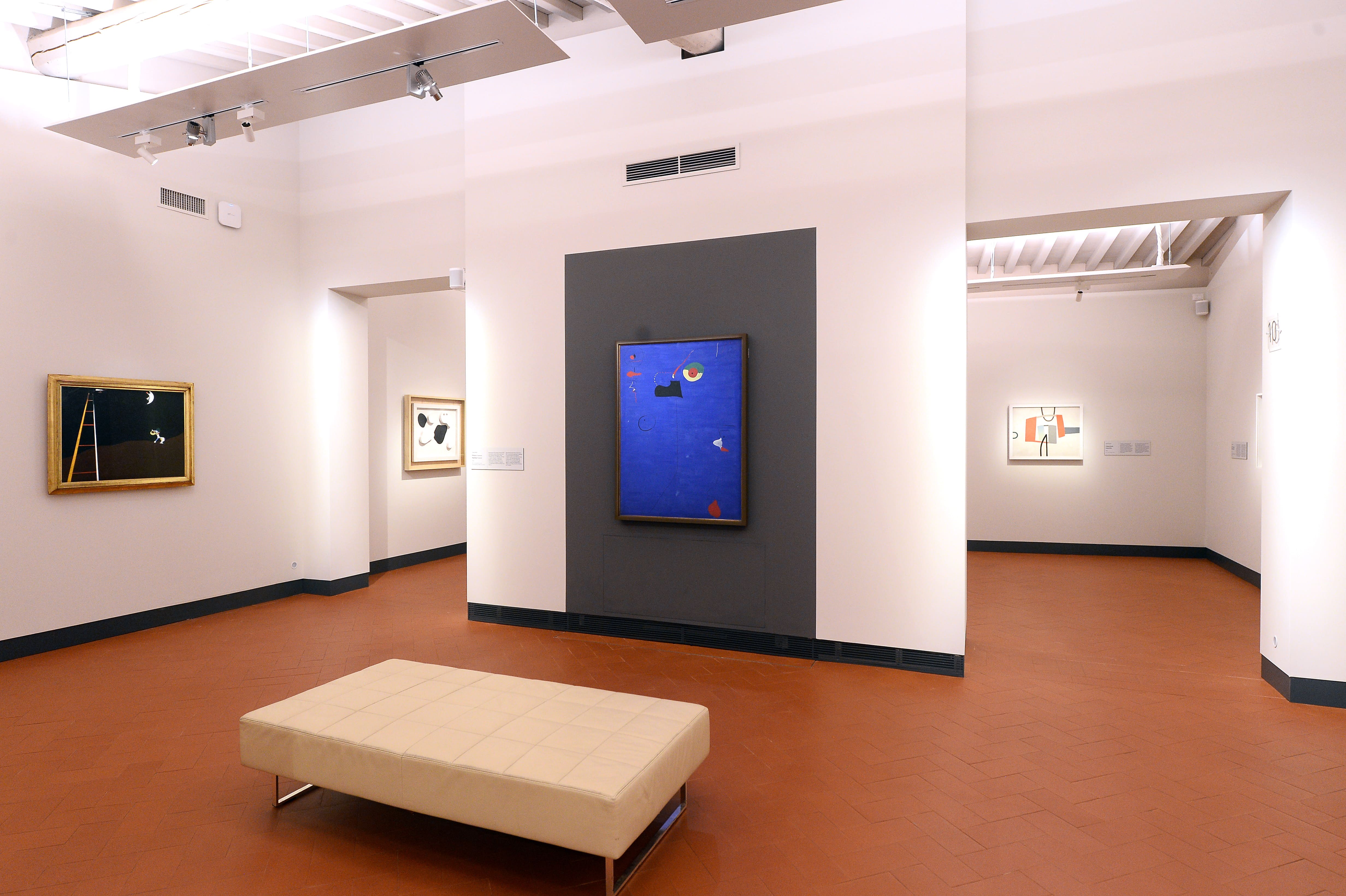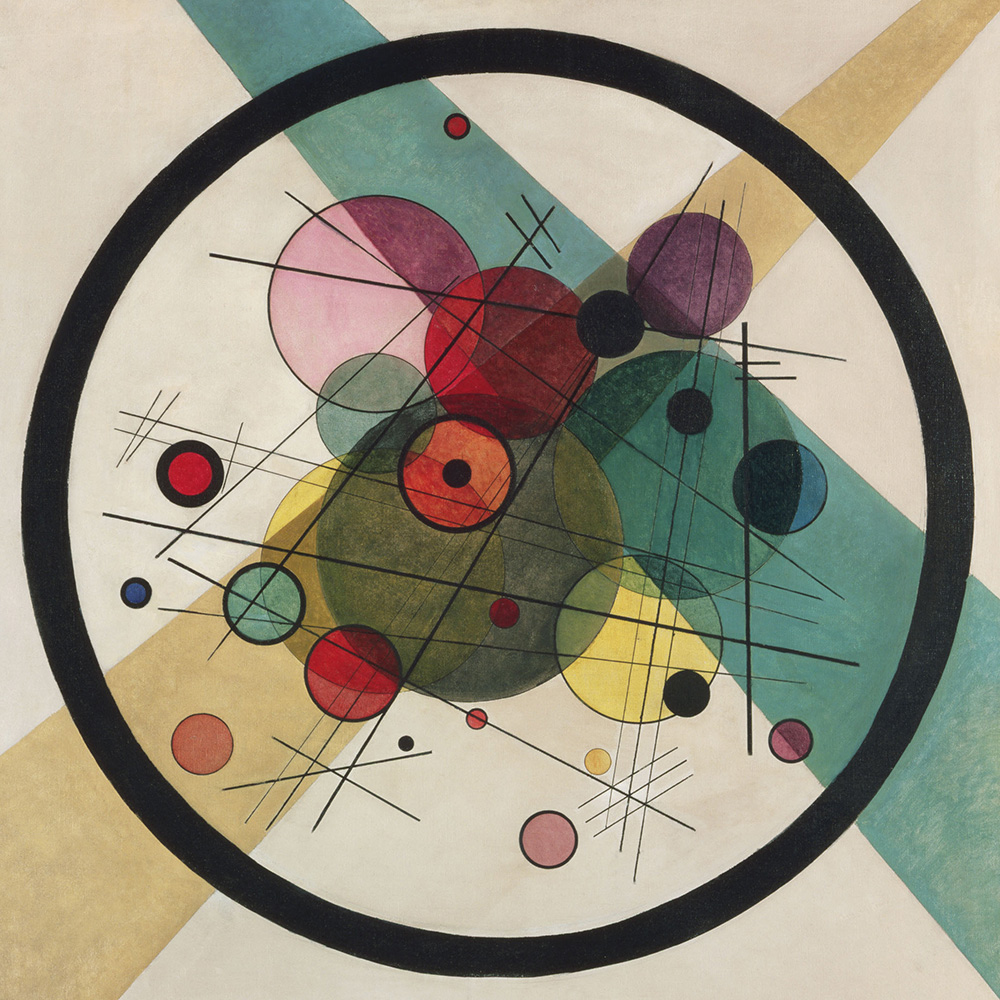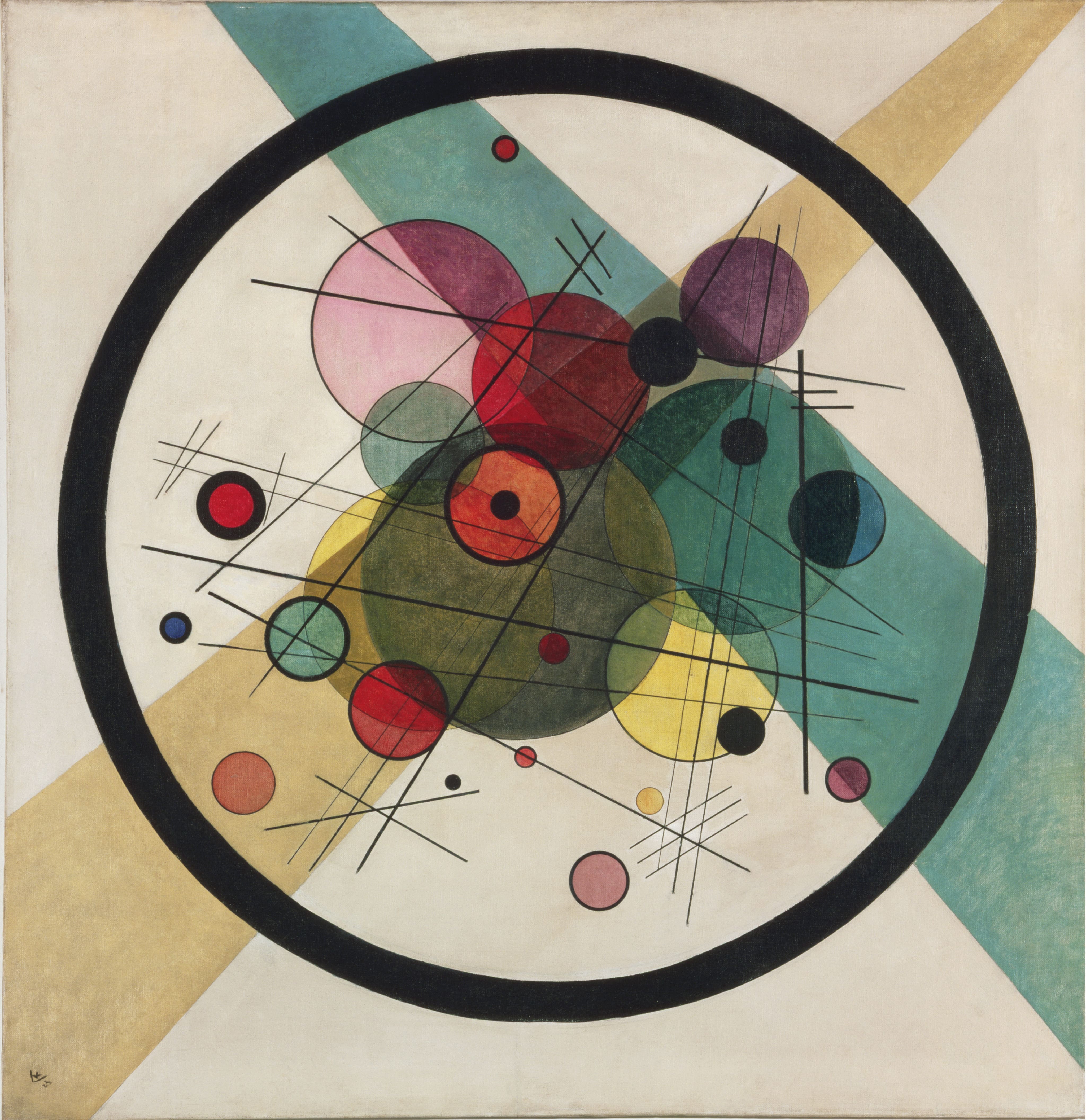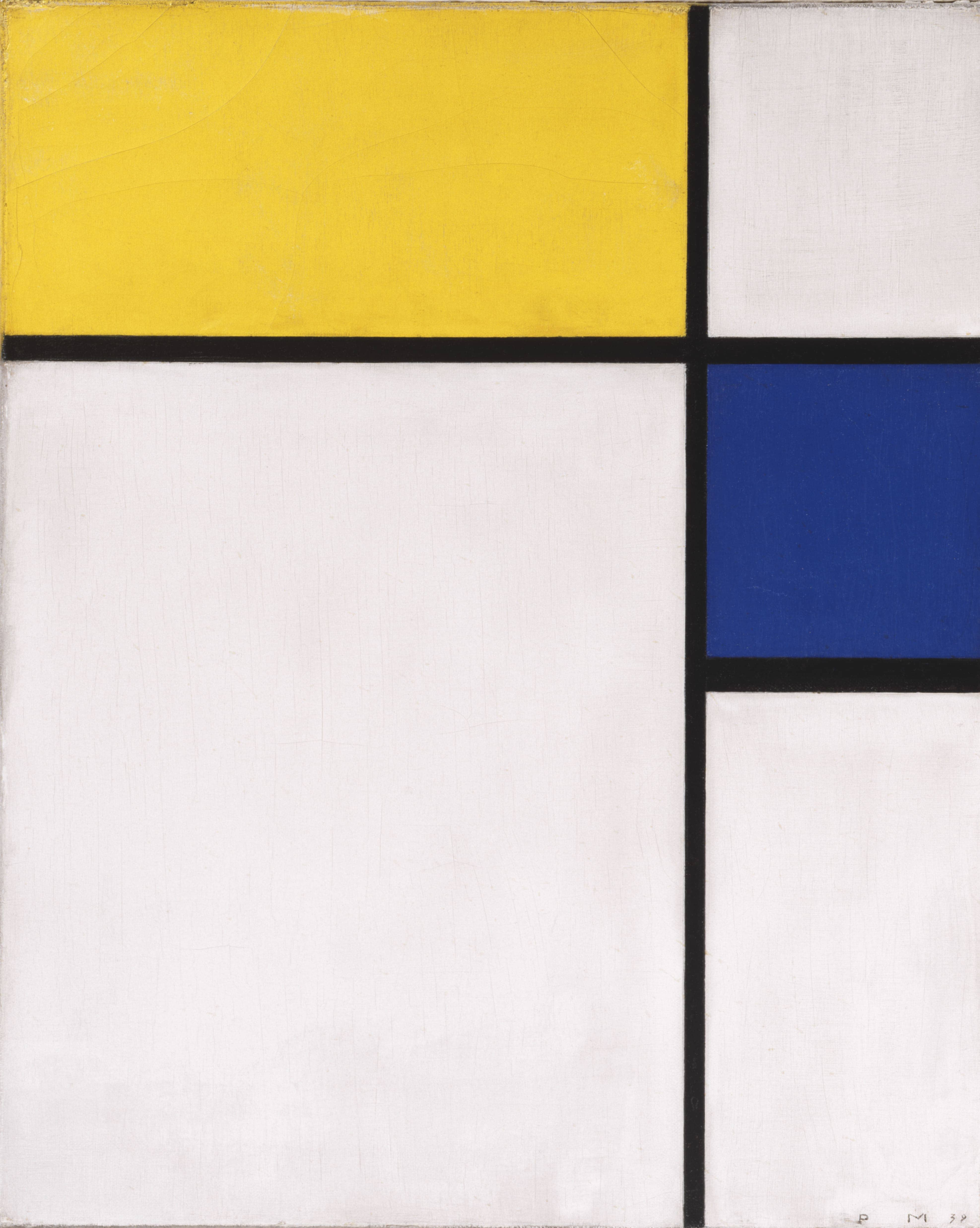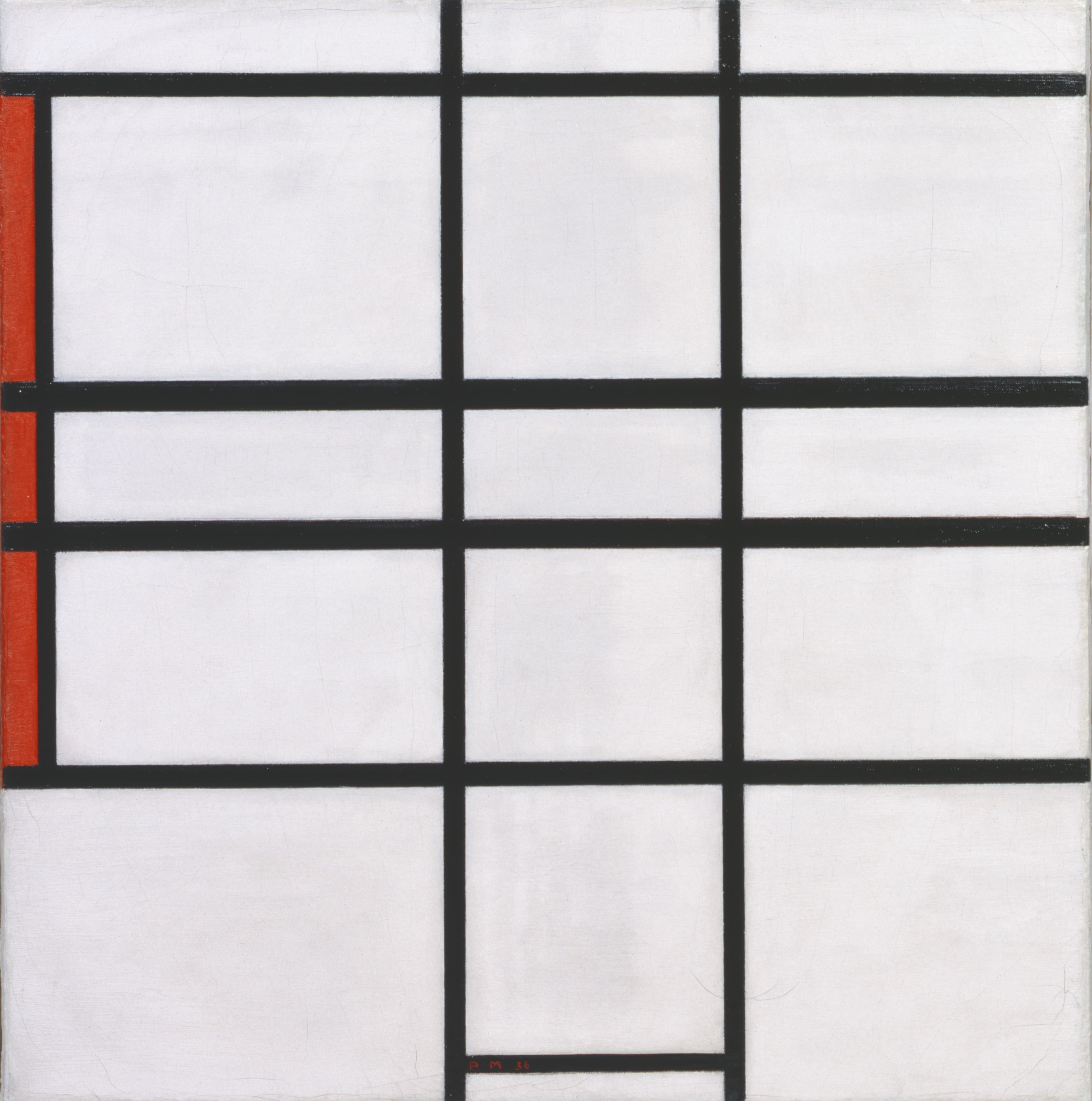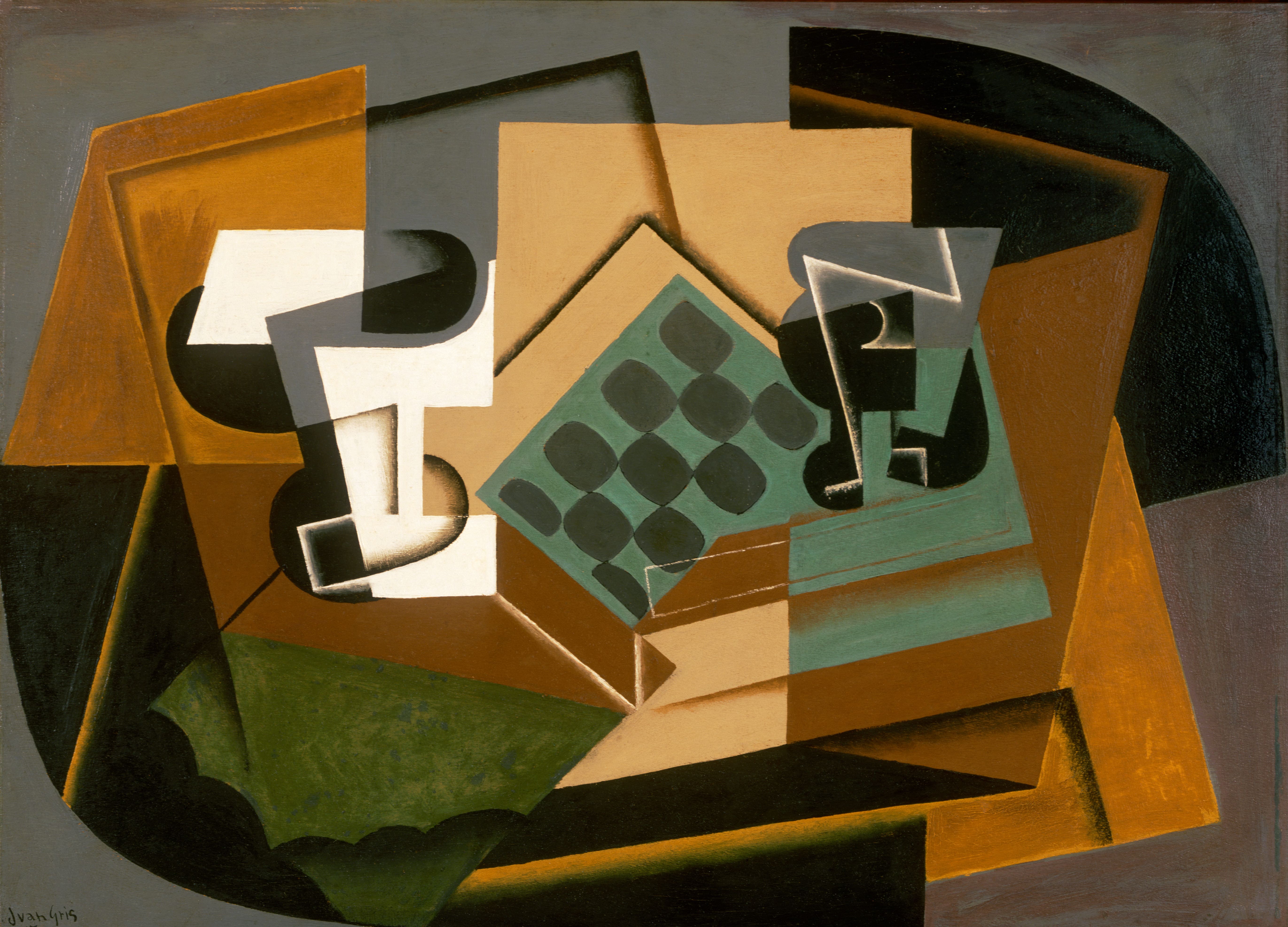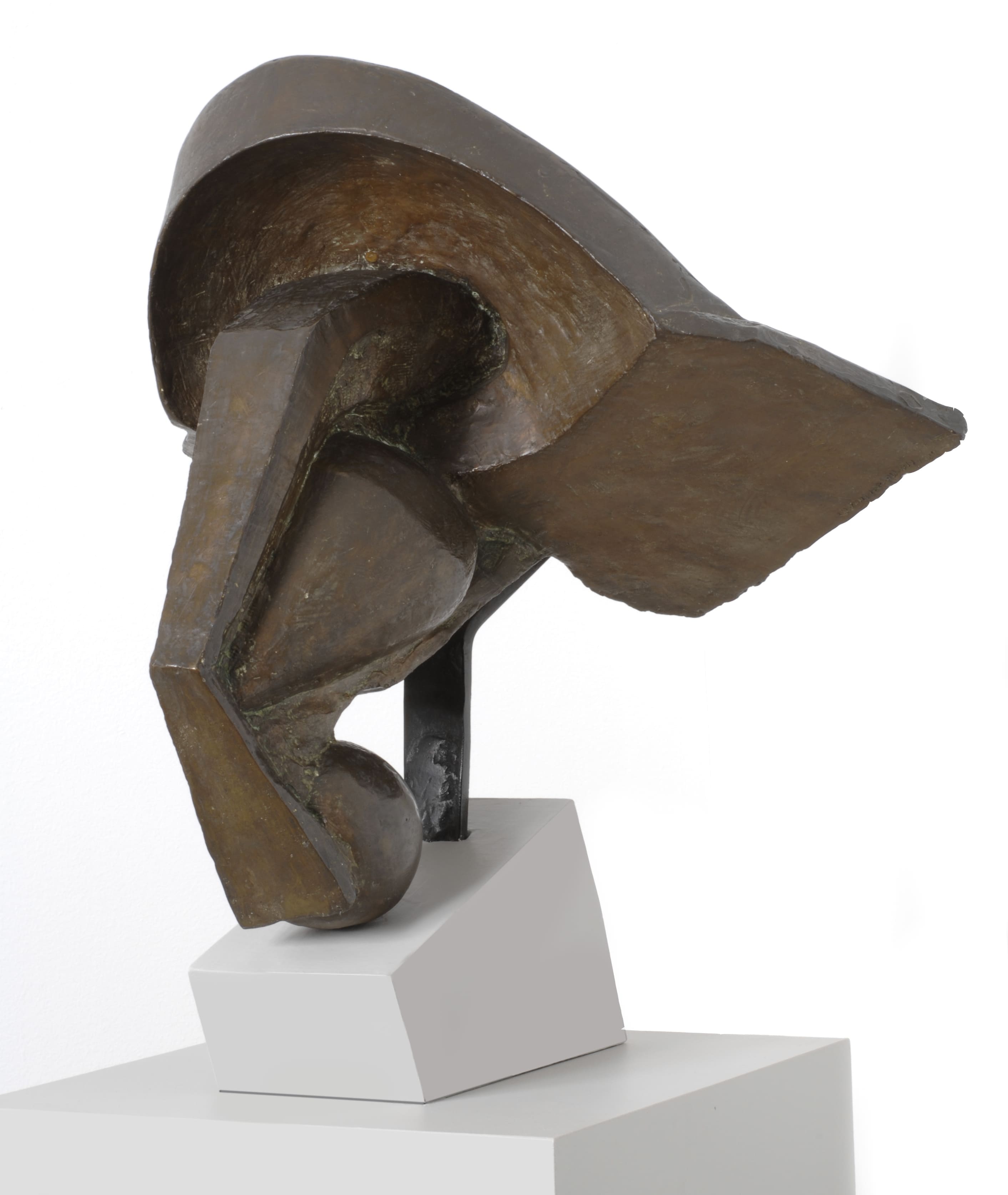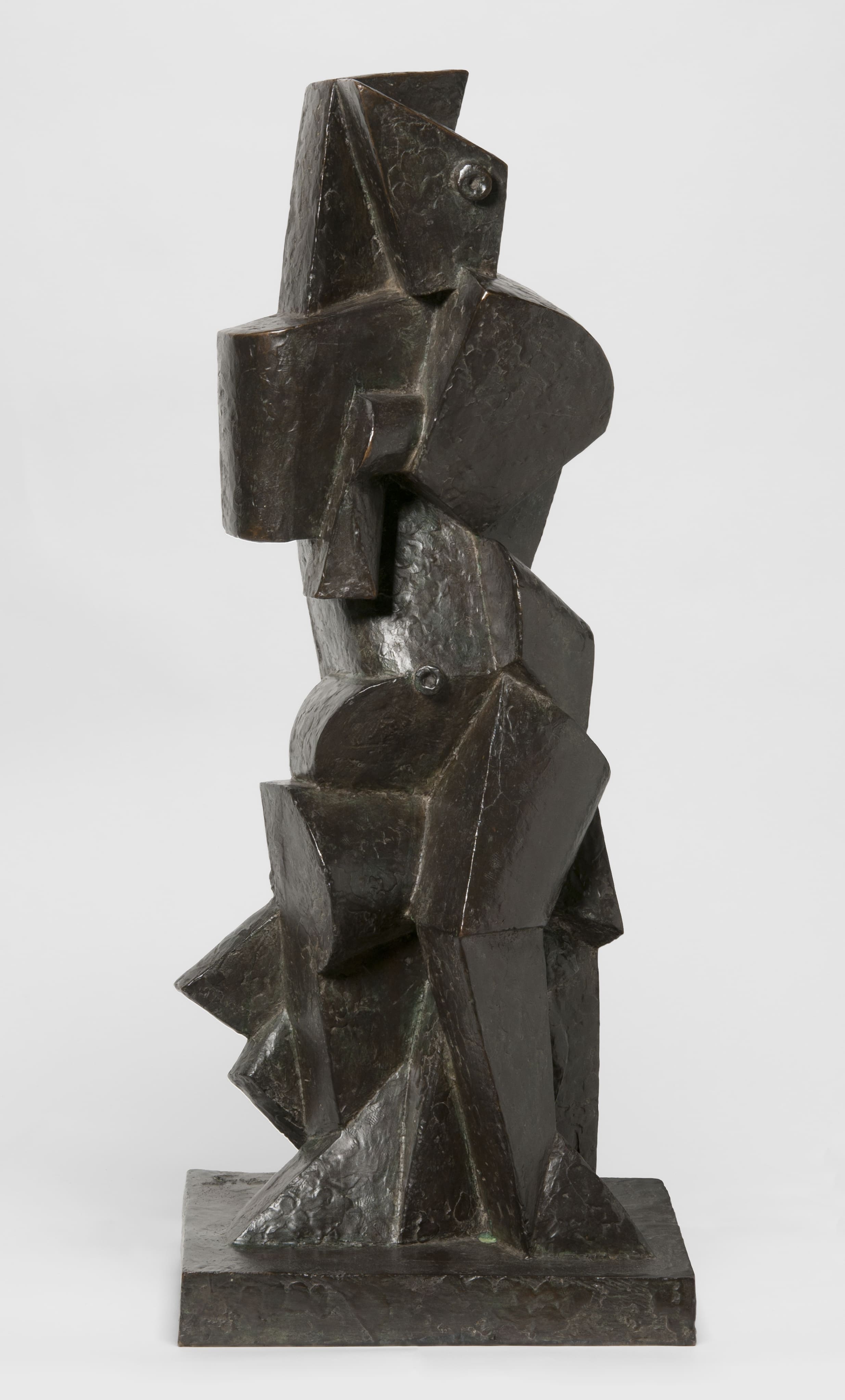Days of exhibition
Chagall, Dalí, Duchamp, Kandinsky, Miró, Picasso, Matisse, Mondrian, Klee, what do these great landmarks of 20th century art have in common? Having given shape and colour to a new time, having revolutionised the course of art history forever.
It is precisely these artists who are the protagonists of the exhibition 'The Avant-Garde. Masterpieces from the Philadelphia Museum of Art' at Palazzo Blu with an extraordinary sequence of paintings and sculptures from the collections of the Philadelphia Museum of Art, one of the most important and internationally recognised museum and exhibition centres for its art collections.
Over 40 works by the great names in the history of 20th century art, united by the desire to seek new paths and new means of expression, opposing naturalism and the commodification of art.
The exhibition starts with the Belle époque and leads up to the outbreak of the Second World War, taking us on an emotional journey that reveals the doubts, hopes, anxieties and enthusiasms of a society no longer able to recognise itself.
The exhibition will be a unique opportunity to retrace some of the salient moments of the 'short century', in an exhibition curated by Matthew Affron, curator of the Philadelphia Museum of Art, with the scientific advice, for the Pisan presentation, of art historian Stefano Zuffi.
HOURS
From Monday to Friday: 10 am -7 pm
Saturday and Sunday: 10am - 8 pm
TICKETS
Full € 14 | Reduced € 12 | Schools € 5
Trailer |
Take a look at the preview of the exhibition
Extra |
Interviews, insights, curiosities, anecdotes

